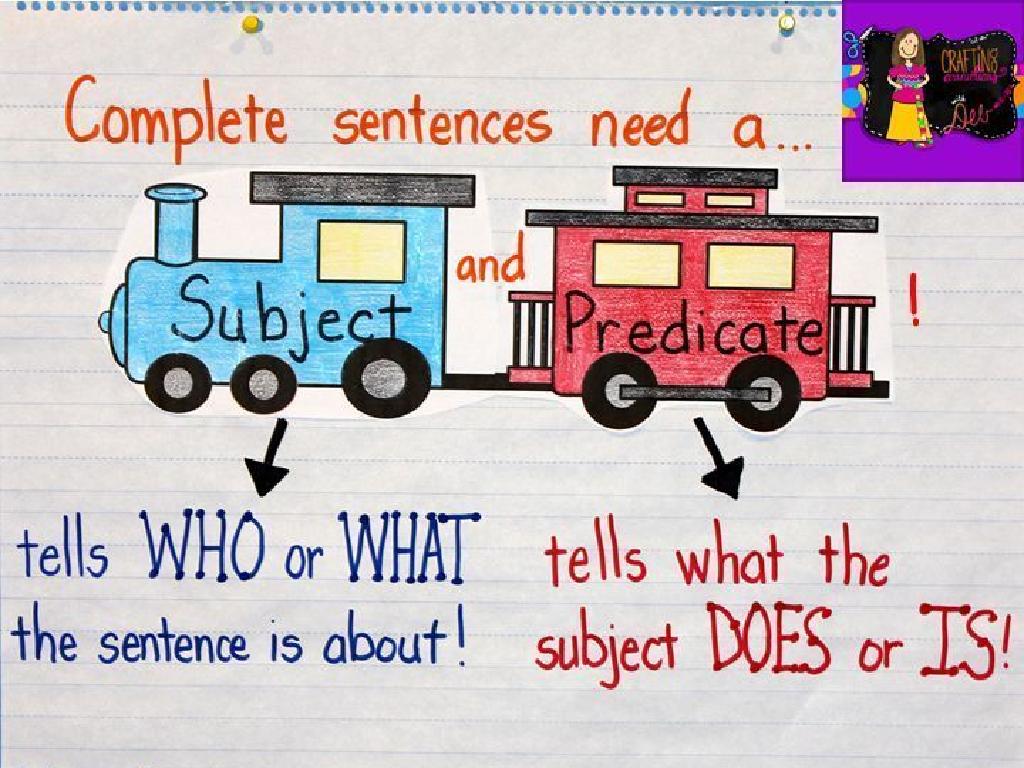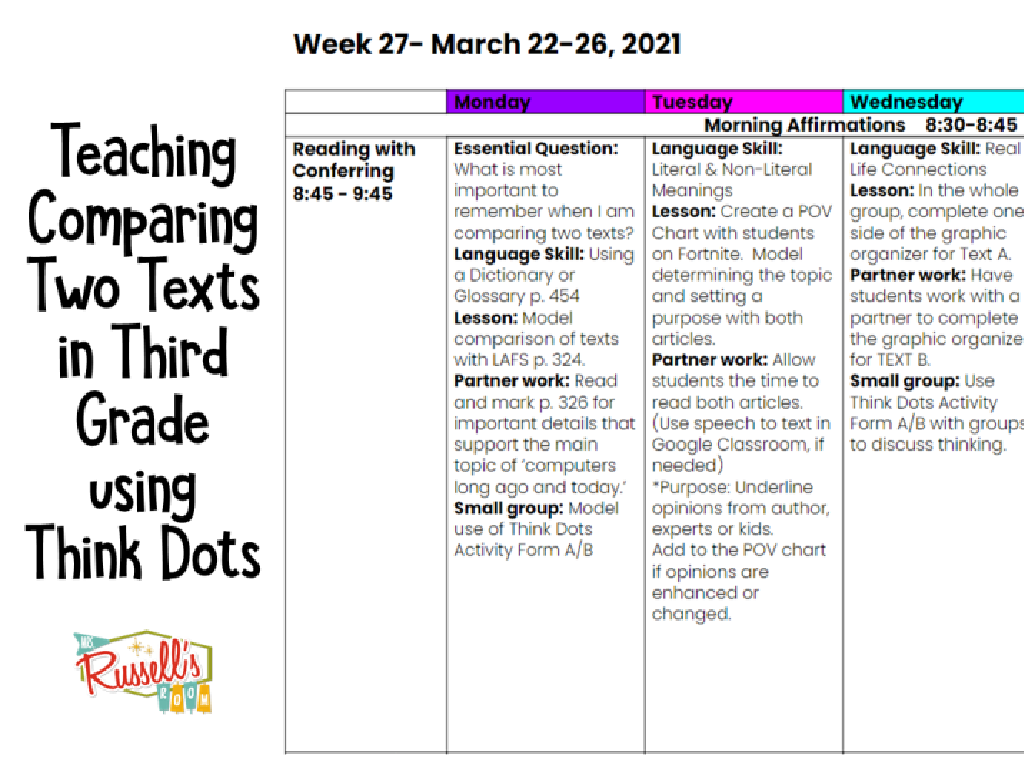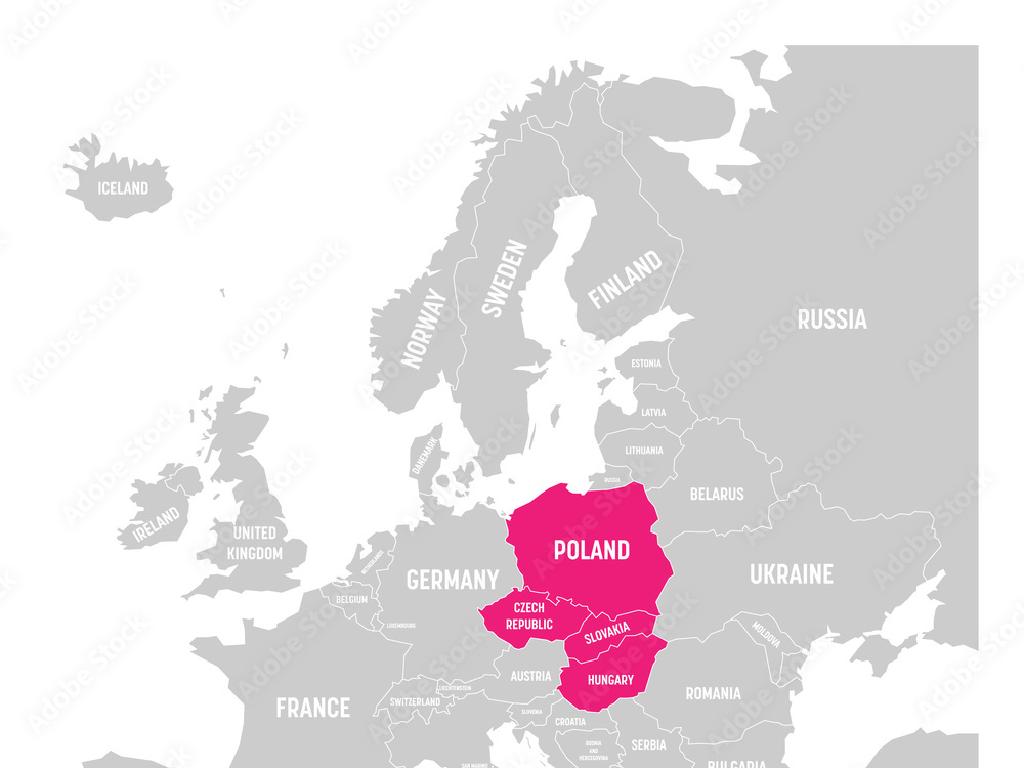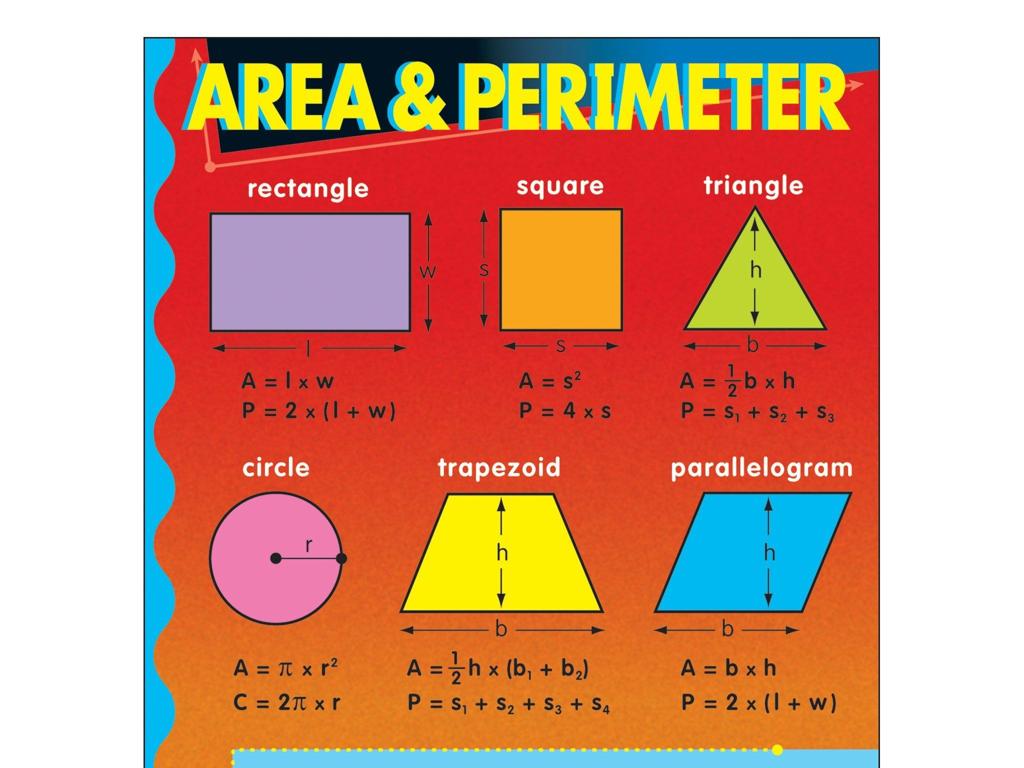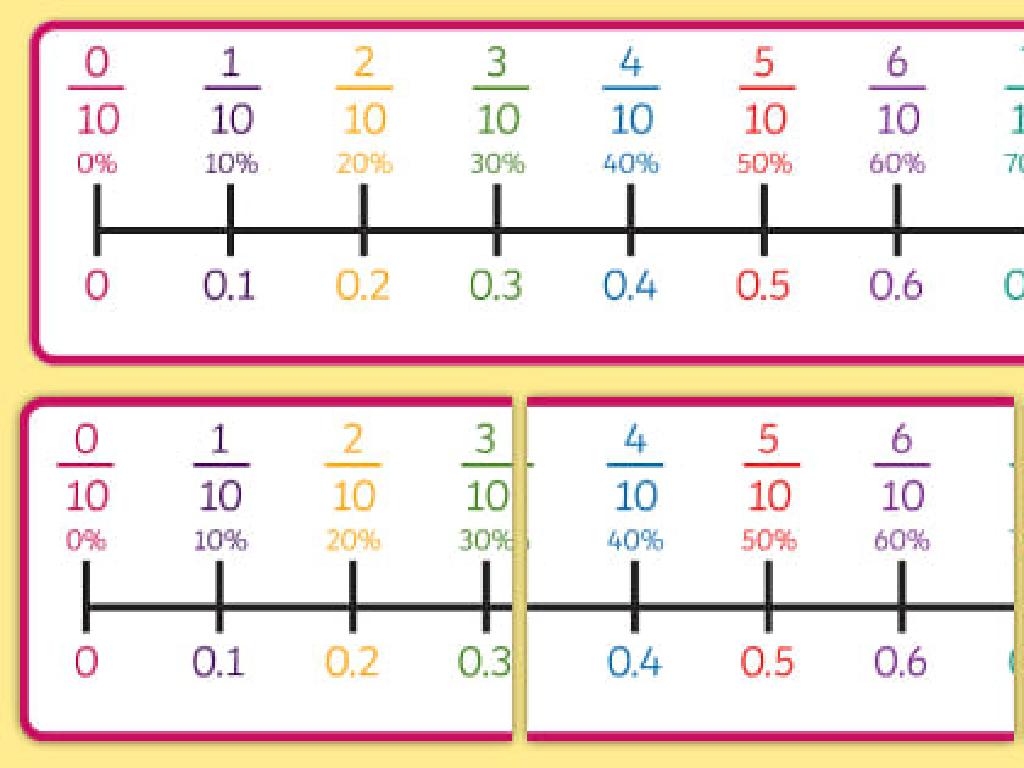Add Two Numbers - Sums Up To 5
Subject: Math
Grade: Kindergarten
Topic: Addition Up To 5
Please LOG IN to download the presentation. Access is available to registered users only.
View More Content
Welcome to Addition!
– Greetings, little mathematicians!
– Today’s lesson: adding numbers
– Addition finds total things
– If you have 2 apples and 3 apples, how many in total?
– Let’s add numbers up to 5
– Practice with numbers 0 to 5 to make sums of 5 or less
|
This slide is an introduction to the concept of addition for kindergarten students. Start by greeting the students warmly to create an inviting learning environment. Explain that addition is a way to find out how many items one has in total. Use tangible examples like fruits or toys to illustrate the concept of adding two groups of items together. Encourage the students to think of addition as combining groups. Provide simple addition problems using numbers up to 5, ensuring that the sums do not exceed 5, to align with the lesson’s objective. This will help the students grasp the basic idea of addition within a range they can easily understand.
Learning to Add: Sums Up to 5
– What is addition?
– Addition is combining two groups into one
– Adding means counting together
– If you have 2 apples and 3 apples, add them to see how many in total
– The ‘+’ sign means add
– The ‘+’ is used to show addition. For example, 2 + 3
– Practice adding up to 5
– Let’s add numbers like 1 + 4 or 2 + 2 to make 5
|
This slide introduces the concept of addition to kindergarten students. Start by explaining that addition is simply putting two groups of things together to find out how many there are in total. Use tangible examples like combining groups of toys or snacks. Show the addition sign ‘+’ and explain that it helps us to remember to count everything together. Engage the students with simple addition problems that sum up to 5, using objects they can visualize or count with their fingers. Encourage them to practice with different combinations that make 5, reinforcing the concept through repetition and interactive activities.
Adding Numbers Up to 5
– We add numbers within 5
– Answers are 5 or less
– Example: 1 + 1 equals?
– What do you think 1 plus 1 is?
– Practice with different numbers
– Try 2 + 2, or 3 + 1 next!
|
This slide introduces the concept of addition within the number 5. Emphasize to the students that when we add two numbers, the result will be 5 or less. Start with a simple example like 1 + 1 to engage the students and ask them to guess the answer, which encourages participation. After revealing the answer, encourage them to practice with other combinations like 2 + 2, or 3 + 1, ensuring they understand that the sum will not exceed 5. Use physical objects like blocks or fingers to visually demonstrate the addition, which can be very effective for Kindergarten students.
Let’s Practice Addition Together!
– Counting apples together
– We have 2 apples, let’s count: 1, 2.
– Adding more apples
– If we add 1 more apple, how many now?
– Counting blocks together
– Look at the blocks, we have 3: 1, 2, 3.
– Adding more blocks
– Let’s put 2 more blocks, count them all.
|
This slide is designed for a hands-on class activity to help Kindergarten students practice addition with sums up to 5. Use pictures or actual objects like apples and blocks to visually demonstrate the addition process. Start by counting the initial number of items, then add more one by one, encouraging the students to count along. After adding the items, ask the students to count the total number of items to find the sum. This interactive approach helps students understand the concept of addition as putting together and increasing the number of items. For the activity, have different sets of objects ready for students to use, and guide them through the process of adding and counting. Encourage participation and praise correct answers to build confidence.
Using Our Fingers to Add Up to 5
– Use fingers for adding numbers
– Example: 2 fingers plus 3 fingers
– If you hold up 2 fingers, and then add 3 more, count them all together.
– Counting fingers to find sums
– After adding, count each finger that is up to see the total.
– Adding is fun with our hands!
|
This slide is designed to introduce kindergarteners to the concept of addition by using their fingers, which is a tangible and visual method. Start by explaining that each finger represents one unit. Show them how to add by holding up a certain number of fingers, then adding more fingers from the other hand. For the example provided, demonstrate holding up 2 fingers on one hand and then adding 3 fingers from the other hand. Encourage the children to count all the fingers that are up to find the sum, which in this case is 5. Make sure to emphasize that addition is a way of finding out how many things we have in total when we put groups together. This hands-on activity will help them understand the basic concept of addition in a fun and interactive way.
Addition Story Time: Tommy’s Toy Cars
– Listen to a story about Tommy
– Tommy starts with 1 toy car
– Tommy’s toy car collection is growing!
– His friend gives him 2 more cars
– Now he has 1 car, plus 2 more from a friend
– Let’s add together to find out!
– Adding 1 car + 2 cars makes 3 cars in total
|
This slide is designed to introduce kindergarteners to addition through storytelling, making it relatable and fun. Start by engaging the students with the story of Tommy and his toy cars. Use props or visuals if possible to illustrate the story. After telling the part where Tommy receives more cars from his friend, pause to ask the students how many cars Tommy has now. Encourage them to use their fingers to add 1 plus 2. This interactive approach helps students understand the concept of addition in a real-world context. Reinforce the idea that addition is not just numbers on paper, but a tool we use to count things in our everyday lives.
Class Activity: Adding with Objects
– Time to practice adding!
– You’ll each get objects to count
– Add them up to make a number
– For example, 2 apples + 3 apples
– The total should be 5 or less
|
This activity is designed to provide hands-on experience with addition. Distribute various objects like blocks, stickers, or toy fruits to the students. Each student should have a mix of these objects totaling up to 5 or less. Guide them to group the objects and count them together to find the sum. Encourage them to use their fingers to count if needed. Possible variations of the activity could include pairing students to combine their objects, using a number line, or drawing pictures to represent the addition. Reinforce the concept that addition is simply combining two groups of items to find out how many there are in total.
Review: Adding Numbers Up to 5
– Adding means putting together
– The ‘+’ sign means add
– Add using pictures, fingers, objects
– Use drawings or toys to add, like 2 apples + 3 apples
– Practice with examples up to 5
– Try 1+4, 2+3, using items or drawings
|
This slide is a recap of what we’ve learned about addition. Start by reinforcing the concept that adding is simply combining two groups of items. Show the ‘+’ sign and explain that it’s the symbol we use when we want to add numbers. Demonstrate addition using visual aids like pictures, counting on fingers, or physical objects such as blocks or toys, ensuring that the sums do not exceed 5. Encourage the children to practice with real-life examples, like adding pieces of fruit, toys, or drawing simple illustrations that represent adding scenarios. This will help solidify their understanding of addition within the number range up to 5.
Fun Addition Game: Rolling Dice
– Play a game to practice adding
– Roll the dice for spaces to move
– Solve the addition problem
– Use objects to help count, like blocks or fingers
– Stay on the space if correct
– If the sum is 5 or less, you got it right!
|
This slide introduces a fun and interactive game to help Kindergarten students practice addition with sums up to 5. The game involves rolling a dice and moving the corresponding number of spaces on a game board. Each space will have a simple addition problem that the student must solve to remain on that space. Teachers should prepare a game board with addition problems up to 5 and have dice and counters ready for each student. Encourage students to use physical objects or their fingers to count and solve the problems. This activity will help reinforce their understanding of addition within 5 in a playful and engaging way. Possible variations of the game can include using different objects for counting or pairing students to encourage teamwork.
Goodbye and Great Adding!
– Excellent work with addition today!
– Keep practicing sums up to 5
– Try adding 1+4, 2+3, or 0+5 at home
– You’re becoming super adders!
– Excited to see you next time!
|
This slide is meant to conclude the lesson on addition up to 5 with positive reinforcement and encouragement. Praise the students for their hard work during the class and remind them of the importance of practice to reinforce their new skills. Provide simple examples they can work on at home to continue their practice. The aim is to leave the students feeling accomplished and looking forward to the next lesson. Encourage them to see themselves as ‘super adders’ to build their confidence in their mathematical abilities.

